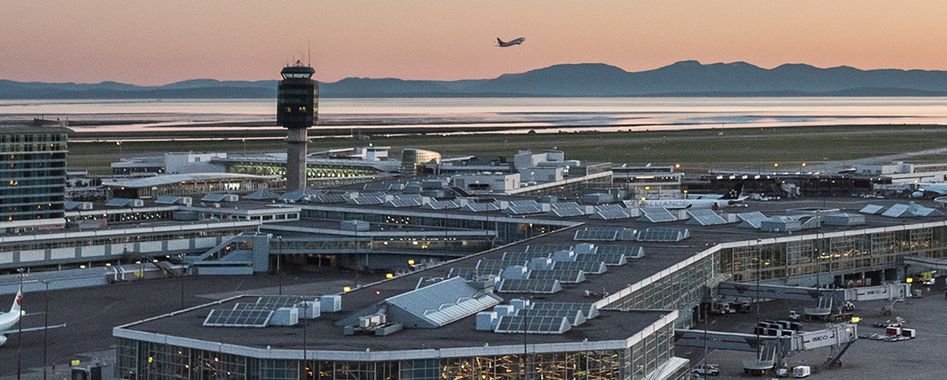“At a time of global uncertainty and economic change, this report reaffirms what our members and communities have long understood: airports are not only essential transportation hubs but also powerful economic engines,” said Monette Pasher, President of the CAC. “They are essential to ensuring Canada remains connected, competitive, and ready to meet the challenges of a shifting global environment.”
The study, developed using an updated economic model based on Statistics Canada data and more than 30 airport economic reports, mirrors a similar CAC study from 2016, offering a direct comparison of industry growth over time. Key national-level findings include:
- Total employment supported by airport activity increased 22.8% from 2016.
- Total annual wages rose by 49.5%, to $32.9 billion.
- Total GDP linked to airports reached $49.6 billion.
- Annual economic output grew 56.3% over 2016 levels.
“This growth is a testament to the resilience of the aviation sector and its vital role in connecting Canadians, supporting local businesses, and enabling trade,” added Pasher. “As we look ahead, continued investment in airport infrastructure and policies that support sustainable growth are essential.”
While the pandemic brought disruption to the aviation industry, the latest data shows that Canada’s airports have staged a strong recovery. Passenger levels are once again approaching pre-pandemic highs, and the movement of goods by air has grown substantially, reflecting renewed confidence in global trade and travel.
The study also emphasizes the interconnected nature of airport-driven economic activity, where jobs at airports help sustain a wider ecosystem of employment in sectors such as tourism, logistics, and manufacturing.
“This study gives policymakers a clear view of the outsized economic impact airports deliver every day,” Pasher concluded. “With the right support, airports can do even more; driving job creation, trade, tourism, and long-term prosperity.”
While large Canadian airports have rebounded strongly since the COVID-19 pandemic, many smaller regional and remote airports continue to face reduced flight frequencies and weakened connectivity. This decline carries real economic consequences. Regional air service is often a community’s only link to essential services, trade routes, and economic opportunity. According to the report, a single regional flight can support up to 210 jobs and generate $41.2 million in economic output. Ensuring reliable air service to these areas is critical to safeguarding local economies and making the benefits of aviation accessible to all Canadians.

